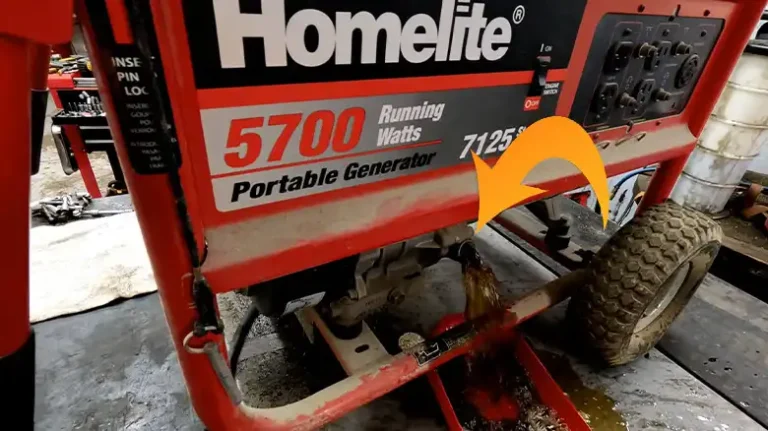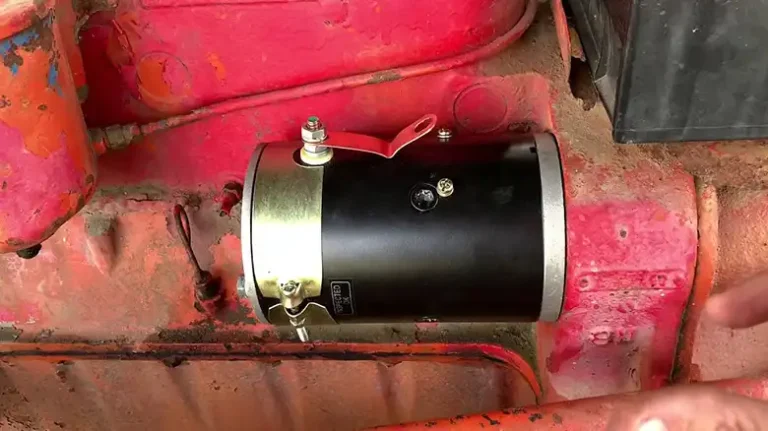[Easy Steps to Follow] How to Prime a Generator?
By now you probably know that if your generator has lost its prime, you need to prime it. But what is priming? Priming is to fill the bowl on the carburetor so that it doesn’t lose fuel pressure. Because without fuel pressure, the engine on your generator can’t be turned on.
If the engine doesn’t get primed, the engine won’t fire, even though it will turn over. So, it’s worth knowing how to prime a generator.
Priming is necessary when your generator engine cranks but fails to start, runs for a little then stalls, doesn’t produce enough power, or the red light is on.
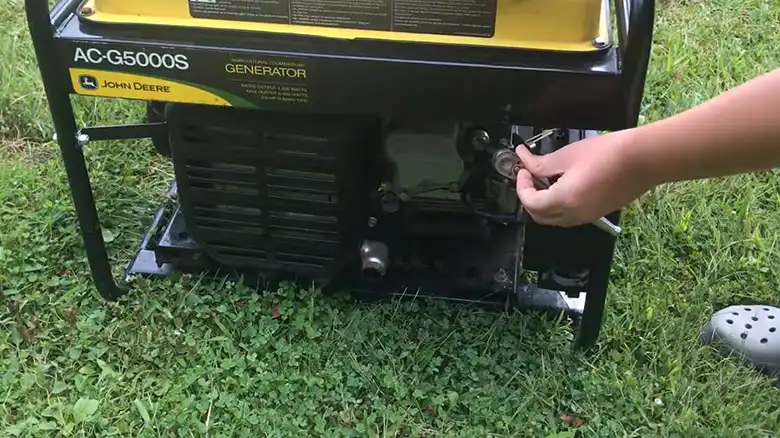
A Step-by-Step Guide to Prime a Generator
We’ve included step-by-step clear guidelines on how to prime your generator. Let’s begin.
Step 1: Check the Fuel Level
Check for fuel level. It should be full to at least one-third of the fuel tank’s total capacity. However, a full tank is always recommended.
Step 2: Check the Fuse
Inspect the inline fuse. Without the fuse, the prime circuit won’t work. It also protects the prime functionality switch. Check if the fuse is blown. If so, replace it. It’s a 5 amp fuse.
Step 3: Pinpoint the Prime Switch
Locate the primer switch or button and press it. If you don’t hear the fuel pump run after that, you need to check the fuse again. Depending on your particular generator mode, you may need to hold the prime switch. So press it and hold it for about 30 seconds. This will fill the float bowl.
Step 4: No Primer Switch? Do This
If your generator didn’t come with a primer switch, you should locate the momentary push switch. What is that? It is the red, usually rounded switch that springs back to position when you’ve lifted your fingers after pressing it.
Push the switch and hold it for a few seconds which runs the fuel pump, then start the motor, this will prime the engine, the carburetor to be specific.
Step 5: Jump Start the Engine
Just like a dead engine in your car, you need to jump-start the engine if it doesn’t start with the press of the power switch. To do this, connect a metal connector from the positive terminal of your battery to the positive terminal of your coil.
This step, although a bit complicated, is essential for generators that were left unused for some time. Because without much power left in the battery, it can’t provide sufficient power for the pump, the ignition system, and the starter motor.
Priming for Diesel Generators
Diesel engines are generally more durable and built to last. However, they too need priming if air enters their engine. The priming process for diesel engines is the same. Priming it will get rid of the air inside the engine and help it start.
Priming Natural Gas Generators
Propane or LPG generators usually need to be primed when they are installed. They also need priming when refueling. They come preinstalled with valves that get rid of unwanted air inside the engine.
Frequently Asked Questions and Answers
Do you have to prime a generator?
Not always. If you are facing difficulties starting the generator, prime it beforehand.
What makes a generator hard to start?
Battery failure, empty fuel tanks, and low oil levels are some of the reasons that make generators hard to start.
How do I start a stubborn generator?
Prime the generator if it doesn’t start. If you still fail, recharge or replace the battery.
Final Thoughts
Priming is actually designed as a safety for generators. It prevents the generator from over-flooding the engine. However, the good news is that you don’t need to prime it that often with a regularly used or well-maintained generator. Thanks for reading.
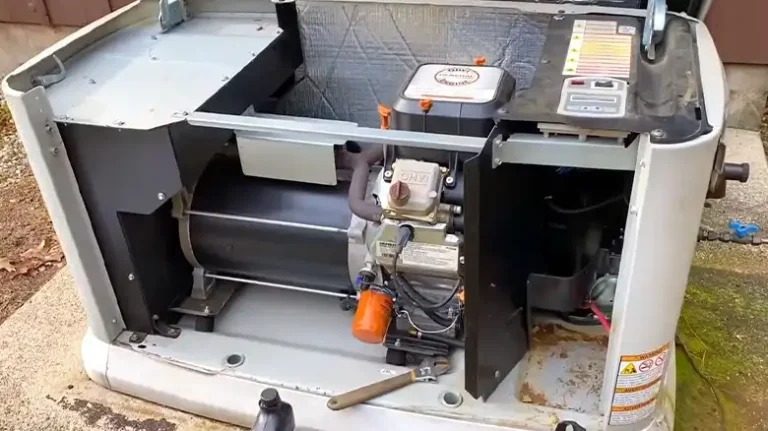
![[100% Working] Generac Generator Clicks But Won’t Start](https://generatorwheel.com/wp-content/uploads/2023/03/Generac-Generator-Clicks-but-Wont-Start-768x431.webp)
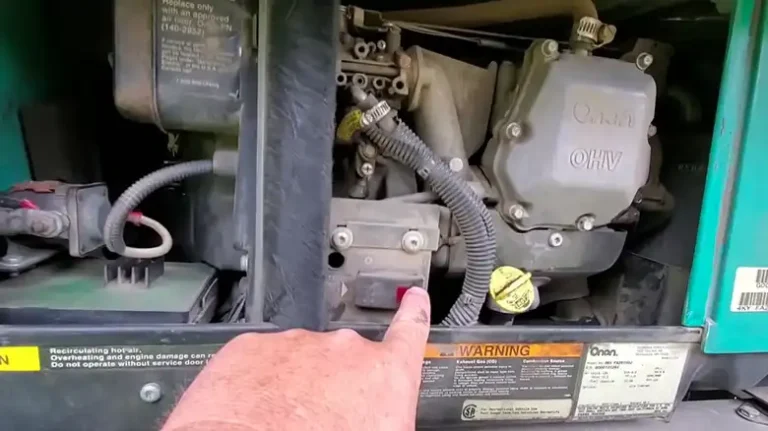
![[100% Working] Champion Generator Electric Start Not Working](https://generatorwheel.com/wp-content/uploads/2023/03/Champion-Generator-Electric-Start-Not-Working-768x431.webp)
